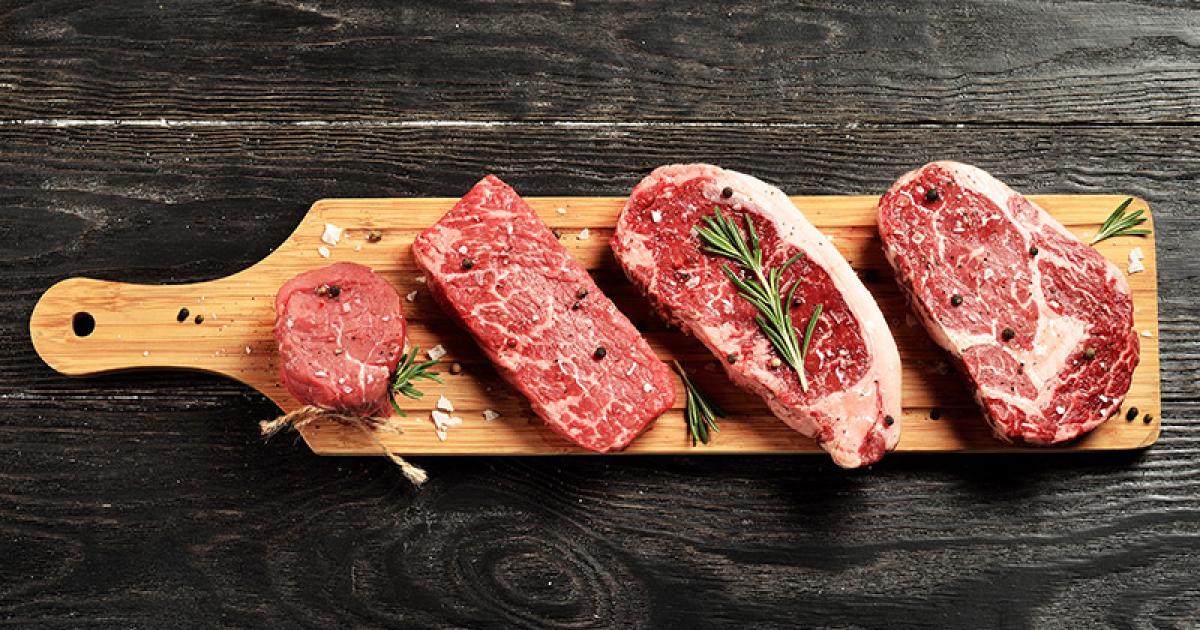Gee, well we import more beef than you could ever imagine.
3.35 Billion pounds in 2021 to be exact
View attachment 785908
Look at the line “meats” in the chart below. Notice a trend in meats, seafood, vegetables and fruits?
All have increased in imports.
Don’t know what ownership of your cousins land has to do with anything?

Better watch MN doesn’t start regulating ATV usage…..that 6x6 of yours probably cranks out a lot of tailpipe emmissions. You could just use 2 horses to drag your trail branches out of the woods, right?

The United States is the highest beef producer globally, but it is also the second-largest importer. Overall, imports accounted for 10 percent of total U.S. beef supply in 2021. U.S. producers specialize in raising grain-fed cattle, which yields beef that commands the highest exports by value in the world. Conversely, most imports consist of lower-value, grass-fed lean “trimmings”— fat and muscle tissue remaining after processing a carcass. Because of U.S. cattle’s grain-fed diet, domestically produced trimmings require lean product to balance its high fat content and achieve the proper lean-to-fat ratio for making ground beef. As a result,
these beef imports add value to U.S. producers. According to the USDA's National Agricultural Statistics Service (NASS) Cattle Inventory Survey, the U.S. beef cattle herd began contracting in 2019, falling from 31.69 on January 1, 2019, to 31.34 million head on January 1, 2020. Consequently, NASS’s January 1 survey shows the U.S. calf crop falling as well since 2019, leading to a decline in the overall herd size, which has continued into 2022. Meanwhile, high retail prices, firm consumer demand, and drought conditions in the Southern Plains have spurred additional cattle slaughter which reduced stocks of replacement heifers and beef cows. Despite fewer slaughter cattle on hand, the United States continued to be a net exporter of beef muscle cuts in 2021. This trend is expected to continue in 2022, but not in 2023 as tighter supplies begin to catch up with beef exports. In 2022, beef import1 pace has slowed from its record first quarter. High cow slaughter rates and large cold storage inventories have since bolstered domestic beef supplies. Nevertheless, 2022 beef imports are projected to be the highest since 2005. Thus far in 2022, the United States is exporting more beef on a volume basis, and is expected to remain a net exporter. In 2023, tighter cattle supplies will reduce exportable supplies, preventing further growth.
From here:
The United States is the world’s largest producer of beef and its second-largest importer. Imports mostly consist of lean trimmings used for processing into...

www.fas.usda.gov
What that there says is that the US has to import lean grass fed beef to mix into their fatty grain fed beef to make ground beef with the proper fat content.
Maybe this should have been posted in the "Tell us something we don't know" thread.

